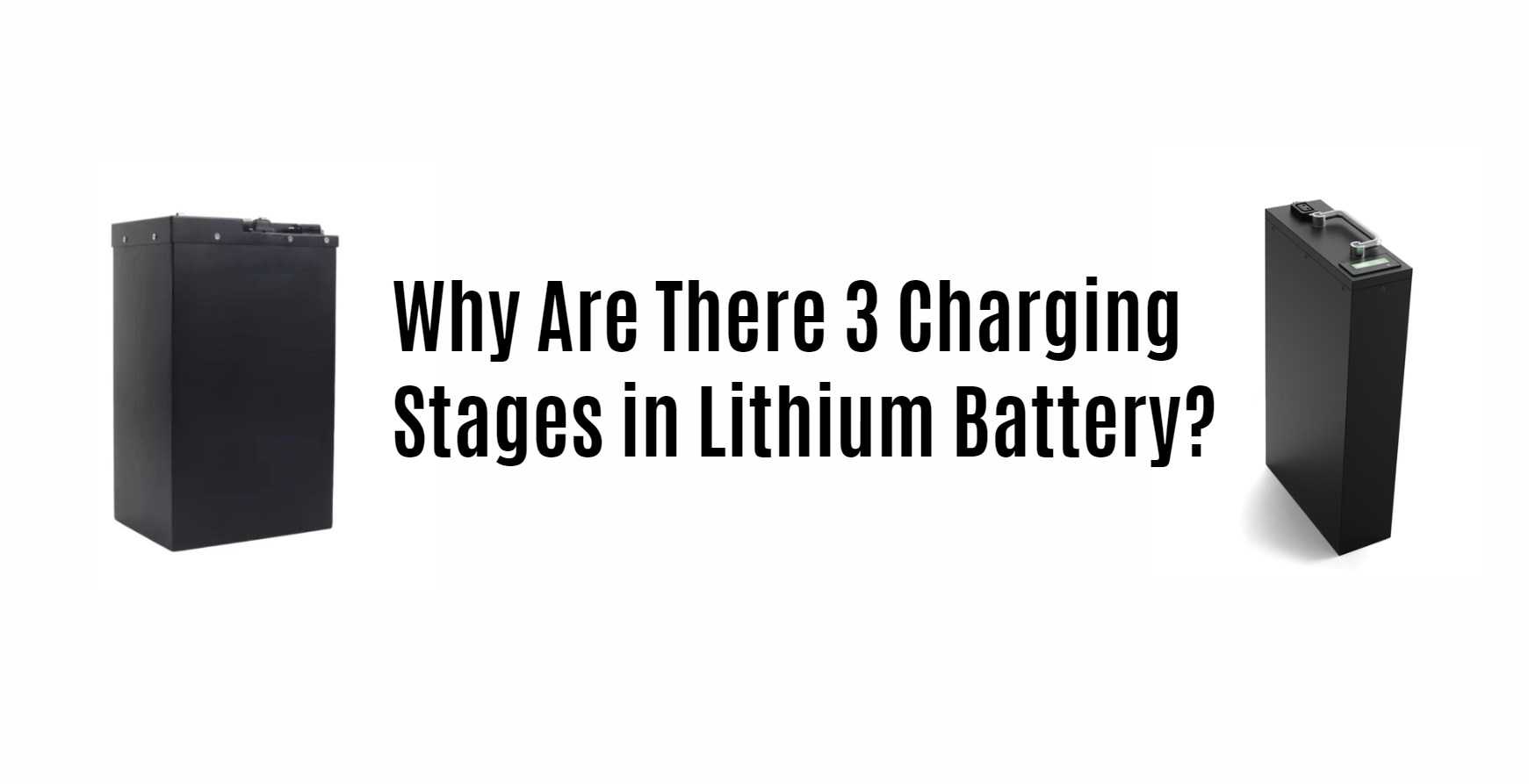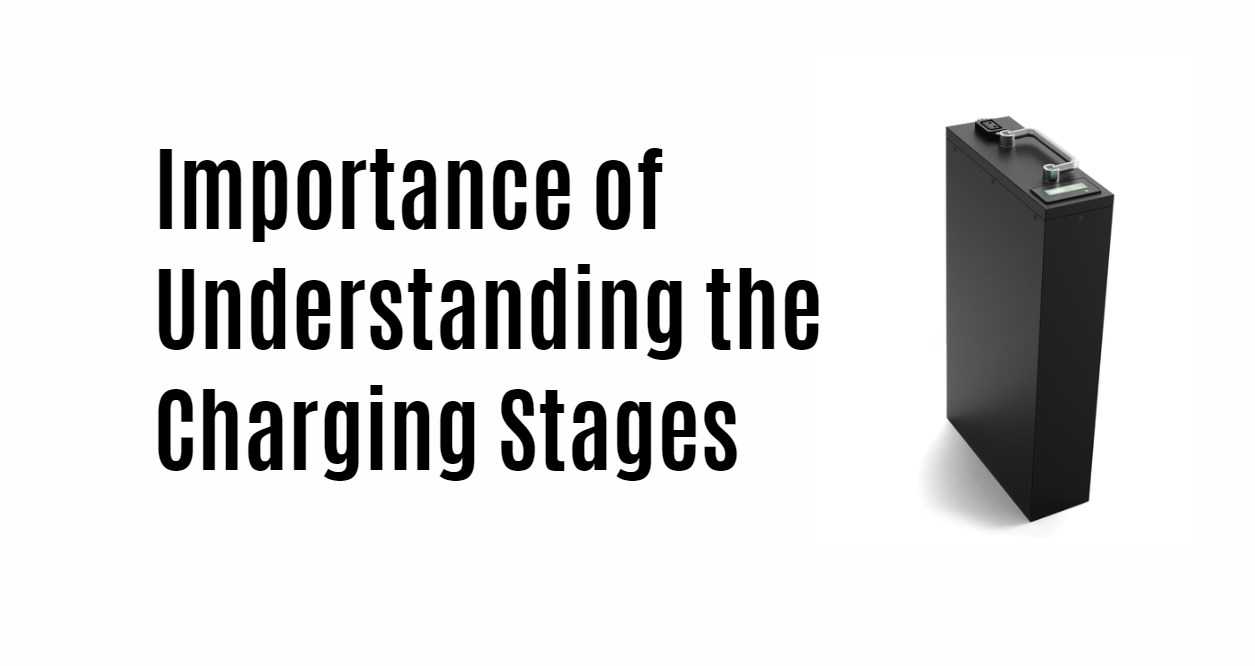In the realm of modern electronics, lithium batteries stand out as a pivotal power source, renowned for their efficiency and reliability. Understanding the intricacies of their charging process is essential for maximizing battery life and performance. This guide delves into the three critical stages of lithium battery charging, elucidating their significance and impact on battery longevity.
The Three Charging Stages of Lithium Batteries
Stage One: Constant Current Charging
The initial phase of lithium battery charging is known as constant current charging. During this stage, the charger supplies a steady current to the battery, causing its voltage to rise linearly. This stage is crucial for several reasons:
- Speed of Charging: This phase ensures the battery charges rapidly, laying the groundwork for a quick replenishment of energy.
- Battery Health: Maintaining a constant current prevents the battery from overheating and suffering potential damage.
The duration of this stage varies depending on the battery’s capacity and the current supplied. Typically, it lasts until the battery voltage reaches approximately 4.2 volts per cell.
Stage Two: Constant Voltage Charging
Following the constant current phase, the charging process transitions to the constant voltage charging stage. Here, the charger maintains a fixed voltage while the current gradually decreases as the battery approaches full charge. Key aspects of this stage include:
- Avoiding Overload: By keeping the voltage constant, this stage prevents the battery from becoming overloaded.
- Tapering Current: As the battery nears its full capacity, the current tapers off, which helps in fine-tuning the charging process.
This phase ensures that the battery safely reaches its maximum charge without overheating or overcharging, thereby preserving its longevity.
Stage Three: Float Charging
The final phase, known as float charging or trickle charging, occurs when the battery voltage has stabilized at 4.2 volts per cell. During this stage:
- Maintaining Full Charge: The charger supplies just enough current to counteract self-discharge, keeping the battery at its full capacity.
- Long-Term Storage: This phase is particularly important for applications requiring long-term battery storage, such as backup power systems.
The float stage can be sustained for extended periods, ensuring the battery remains fully charged and ready for use without degradation.
Importance of Understanding the Charging Stages
Comprehending the different charging stages is paramount for several reasons:
- Extending Battery Life: Proper charging techniques significantly extend the lifespan of lithium batteries.
- Preventing Damage: Knowledge of the charging process helps in avoiding overcharging and overheating, which can damage the battery.
- Optimizing Performance: Ensuring the battery is charged correctly maximizes its performance and efficiency, crucial for both personal and industrial applications.
Conclusion
Lithium batteries are indispensable in today’s technology landscape, powering everything from smartphones to electric vehicles. By understanding the three distinct stages of their charging process—constant current, constant voltage, and float charging—we can ensure their optimal performance and longevity. This knowledge is not only crucial for maintaining the health of the battery but also for enhancing the overall user experience. Proper charging practices, grounded in a solid understanding of these stages, are key to maximizing the potential of lithium battery technology.






